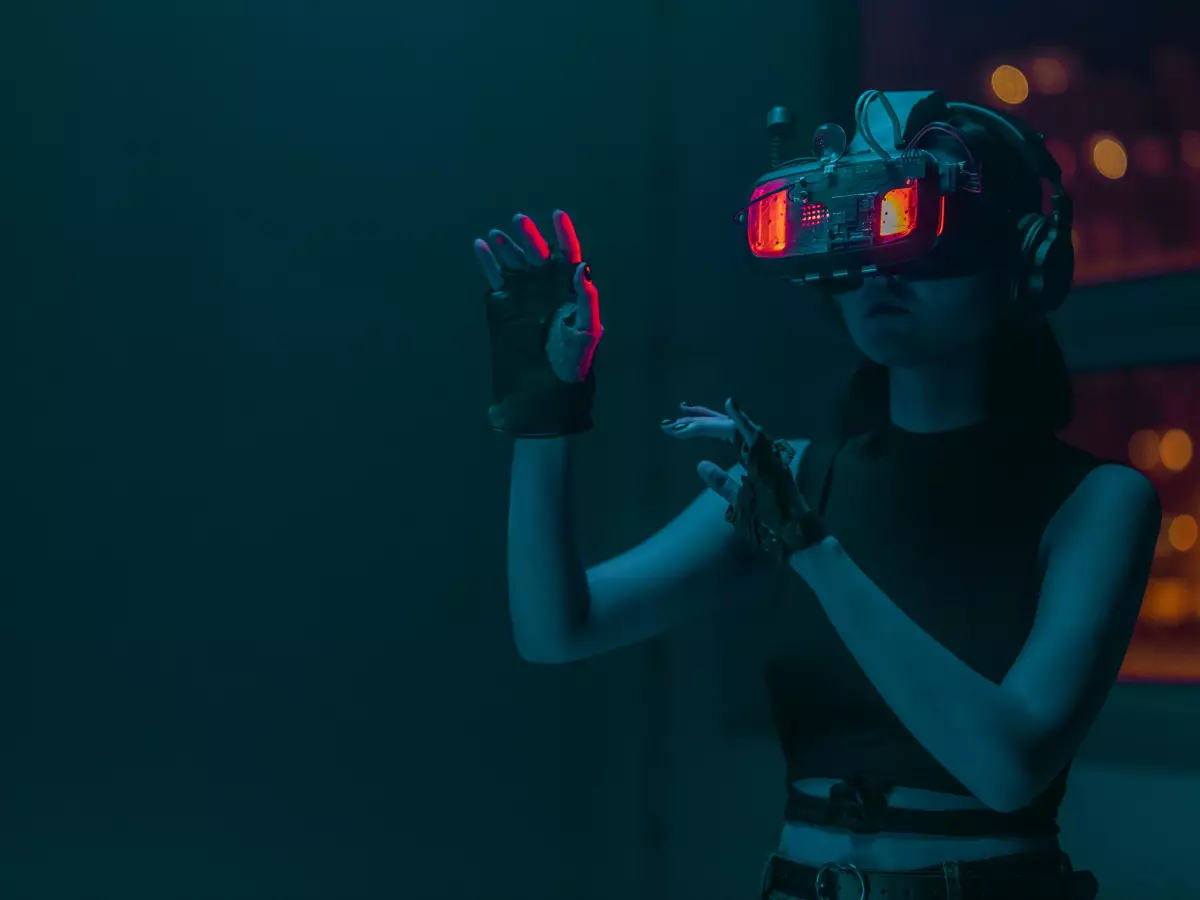3D Printing Visionary
I remember the first time I saw a 3D printer in action. It was at a tech conference in Las Vegas, and the machine was slowly, layer by layer, creating a miniature model of a building. At the time, I thought it was just a cool gadget, something that would be fun for hobbyists or maybe used for prototyping in niche industries. Little did I know that 3D printing would soon become a game-changer across multiple sectors, from healthcare to aerospace. And behind this revolution? One person’s relentless vision.

By James Sullivan
3D printing and traditional manufacturing are like night and day. On one hand, you have traditional methods, which are often slow, expensive, and wasteful. On the other, you have 3D printing, which promises speed, customization, and efficiency. But the real difference lies in the mindset of those who drive these technologies forward. While traditional manufacturing has been about mass production, 3D printing is about personalization, precision, and creating complex geometries that were once impossible. Enter the innovator who saw this potential long before the rest of us.
Meet Dr. Emily Carter, a name that might not be as familiar as Elon Musk or Jeff Bezos, but one that has had a profound impact on the world of 3D printing. Dr. Carter didn’t just see 3D printing as a tool for making plastic toys or prototypes. She saw it as a way to revolutionize industries that had been stagnant for decades. From aerospace to healthcare, her innovations have pushed the boundaries of what’s possible.
From Academia to Industry
Dr. Carter’s journey began in academia, where she was a professor of materials science. Her early research focused on the properties of different materials and how they could be manipulated at a microscopic level. It was during this time that she became fascinated with the potential of additive manufacturing, or 3D printing. She realized that by layering materials in precise ways, you could create structures that were not only strong but also lightweight and customizable.
Her breakthrough came when she developed a new type of material that could be used in 3D printing to create objects that were both flexible and durable. This was a game-changer for industries like aerospace, where weight and strength are critical factors. Suddenly, it was possible to 3D print parts for airplanes and spacecraft that were lighter and stronger than anything that could be made using traditional methods.
Revolutionizing Healthcare
But Dr. Carter didn’t stop at aerospace. She saw the potential for 3D printing in healthcare as well. One of her most significant contributions has been in the field of prosthetics. Traditionally, prosthetics are expensive and often uncomfortable for the wearer. They’re made using molds and casts, which can take weeks or even months to produce. Dr. Carter’s innovations in 3D printing have changed all that.
By using 3D scanning technology, doctors can now create custom prosthetics that fit perfectly and can be produced in a matter of days. Not only are these prosthetics more comfortable, but they’re also more affordable, making them accessible to people who might not have been able to afford them otherwise. Dr. Carter’s work has given thousands of people around the world a new lease on life.
Leadership and Vision
What sets Dr. Carter apart from other innovators in the field is her leadership style. She’s not just a brilliant scientist; she’s also a visionary leader who knows how to inspire and motivate her team. She’s known for her hands-on approach, often working side by side with engineers and designers to solve complex problems. Her leadership has been instrumental in pushing the boundaries of what 3D printing can achieve.
One of the key aspects of her leadership is her ability to see the big picture. While many people in the tech industry are focused on short-term gains, Dr. Carter is always thinking about the long-term impact of her work. She’s passionate about using technology to solve real-world problems, whether it’s creating more efficient manufacturing processes or improving healthcare outcomes.
Challenges Along the Way
Of course, no great innovation comes without its challenges, and Dr. Carter has faced her fair share. One of the biggest hurdles she encountered was convincing industries to adopt 3D printing technology. Many companies were skeptical, seeing it as a novelty rather than a serious tool for production. But Dr. Carter’s persistence paid off. She worked closely with industry leaders to demonstrate the benefits of 3D printing, from cost savings to improved product quality.
Another challenge was the technical limitations of early 3D printers. The machines were slow, and the materials available were limited. But Dr. Carter didn’t let that stop her. She and her team worked tirelessly to develop new materials and improve the speed and accuracy of 3D printers. Today, thanks to her efforts, 3D printing is faster, more reliable, and capable of producing a wider range of products than ever before.
The Future of 3D Printing
So, what’s next for Dr. Carter and the world of 3D printing? If her track record is anything to go by, we can expect even more groundbreaking innovations in the years to come. One area she’s particularly excited about is bioprinting, which involves using 3D printing technology to create human tissues and organs. While this is still in the early stages of development, Dr. Carter believes it has the potential to revolutionize healthcare once again.
Another area she’s focused on is sustainability. Dr. Carter is passionate about using 3D printing to create more sustainable manufacturing processes. By reducing waste and using eco-friendly materials, she hopes to make 3D printing a key player in the fight against climate change.
In the end, Dr. Emily Carter’s story is a testament to the power of innovation and perseverance. She saw the potential of 3D printing long before it became mainstream, and her work has had a profound impact on industries around the world. Whether it’s creating lighter airplane parts, custom prosthetics, or even human organs, her contributions to the field of 3D printing are nothing short of revolutionary.
And the best part? She’s just getting started.





